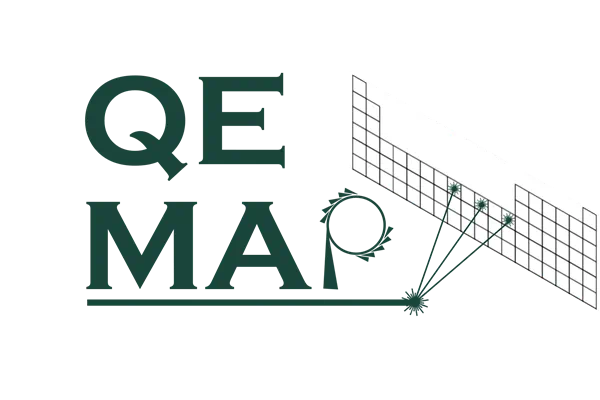The Elemental Health Institute (EHI), founded by MSU Foundation Professor Tom O’Halloran, will facilitate the ability of diverse research teams to apply recent breakthroughs in understanding how cells concentrate and use essential and toxic elements. Fluctuations in both total cellular content and subcellular localization have been shown to control processes as varied as the mammalian cell cycle, pathogen infection, and neurological function. EHI members will create new technologies that stimulate fundamental and applied research across many areas of biology, such as embryonic development, biomarkers, evolution, plant physiology, neurobiology, host-pathogen interactions, cell state transitions, metabolism, and environmental toxicities.
To ensure synergy and coordination of EHI initiatives the Institute will include current MSU faculty who are internationally recognized leaders in their fields in the College of Natural Science, College of Engineering, CHM, COM, AgBioResearch, FBIR, CVM, CANR to identify, recruit, and hire interdisciplinary faculty candidates with research interests across the broad interface of inorganic physiology. The Elemental Health Institute will bring together interdisciplinary teams to solve these problems. In its first year, EHI has brought over $3M of new NIH grant awards into the MSU research community.

